To provide the best experiences, we use technologies like cookies to store and/or access device information. Consenting to these technologies will allow us to process data such as browsing behaviour or unique IDs on this site. Not consenting or withdrawing consent, may adversely affect certain features and functions.
The technical storage or access is strictly necessary for the legitimate purpose of enabling the use of a specific service explicitly requested by the subscriber or user, or for the sole purpose of carrying out the transmission of a communication over an electronic communications network.
The technical storage or access is necessary for the legitimate purpose of storing preferences that are not requested by the subscriber or user.
The technical storage or access that is used exclusively for statistical purposes.
The technical storage or access that is used exclusively for anonymous statistical purposes. Without a subpoena, voluntary compliance on the part of your Internet Service Provider, or additional records from a third party, information stored or retrieved for this purpose alone cannot usually be used to identify you.
The technical storage or access is required to create user profiles to send advertising, or to track the user on a website or across several websites for similar marketing purposes.
 I’ve never really wanted to go to MIPIM. I’m suspicious of it all for a number of reasons I won’t go into although you might reasonably guess what they are. So, I enjoyed this piece from Polly Plunket-Checkemian about her own misgivings. I understand that the testosterone level has been dialled down recently, but like Polly I’d like to see a re-examination of its format and intent, especially given that the real estate sector is having to rethink where it fits into the new era of work and meets the challenge of coworking.
I’ve never really wanted to go to MIPIM. I’m suspicious of it all for a number of reasons I won’t go into although you might reasonably guess what they are. So, I enjoyed this piece from Polly Plunket-Checkemian about her own misgivings. I understand that the testosterone level has been dialled down recently, but like Polly I’d like to see a re-examination of its format and intent, especially given that the real estate sector is having to rethink where it fits into the new era of work and meets the challenge of coworking.




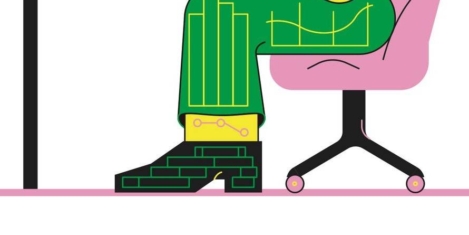





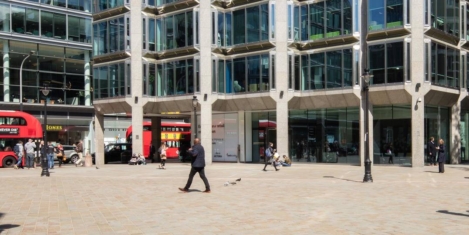
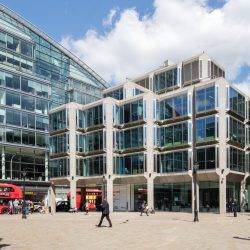









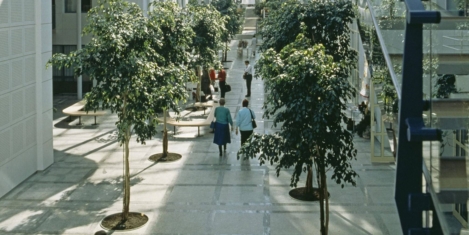
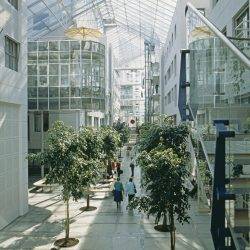








March 21, 2019
Interiors are not enough to win the war for talent
by Ben Capper • Comment, Workplace design